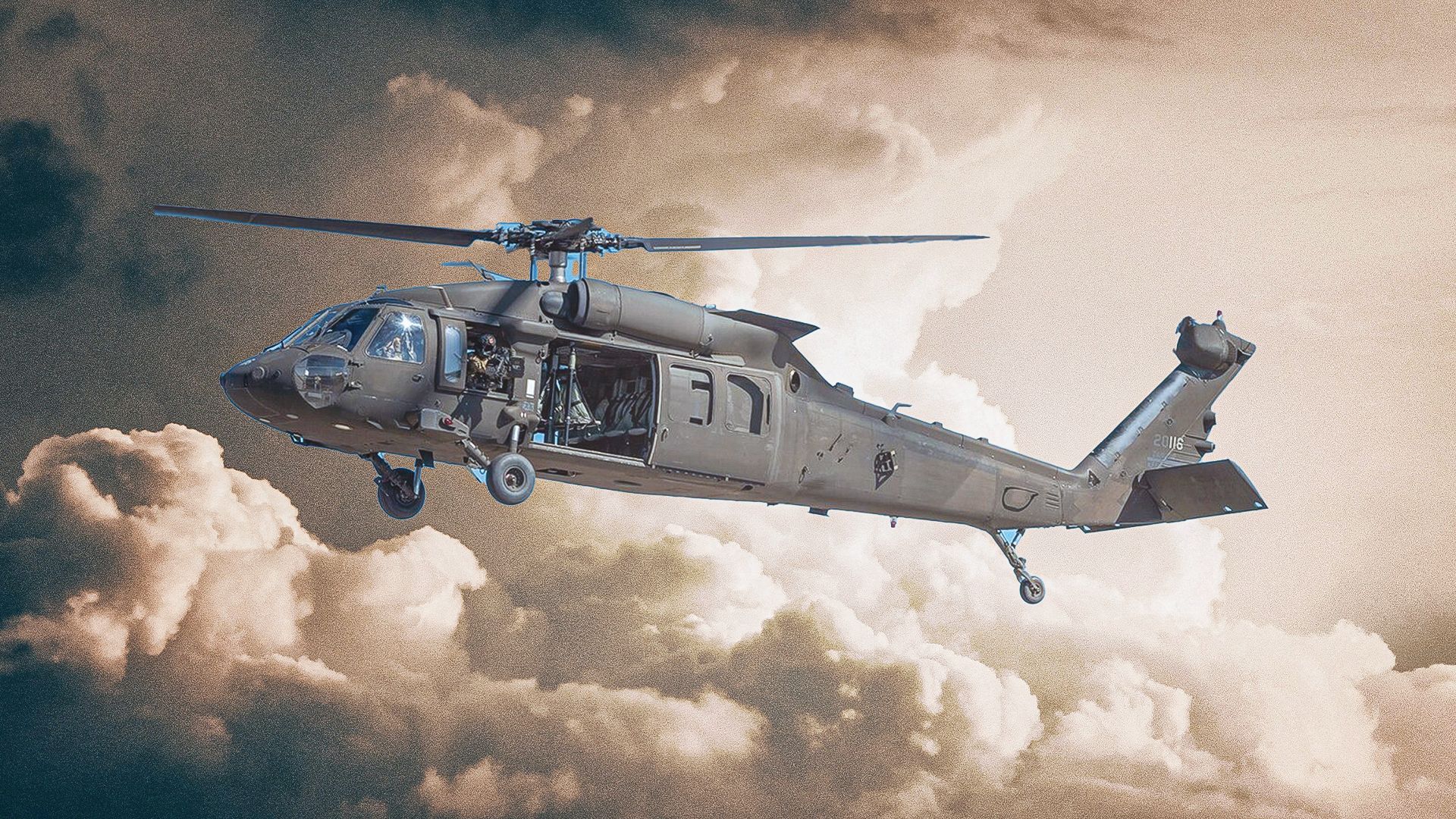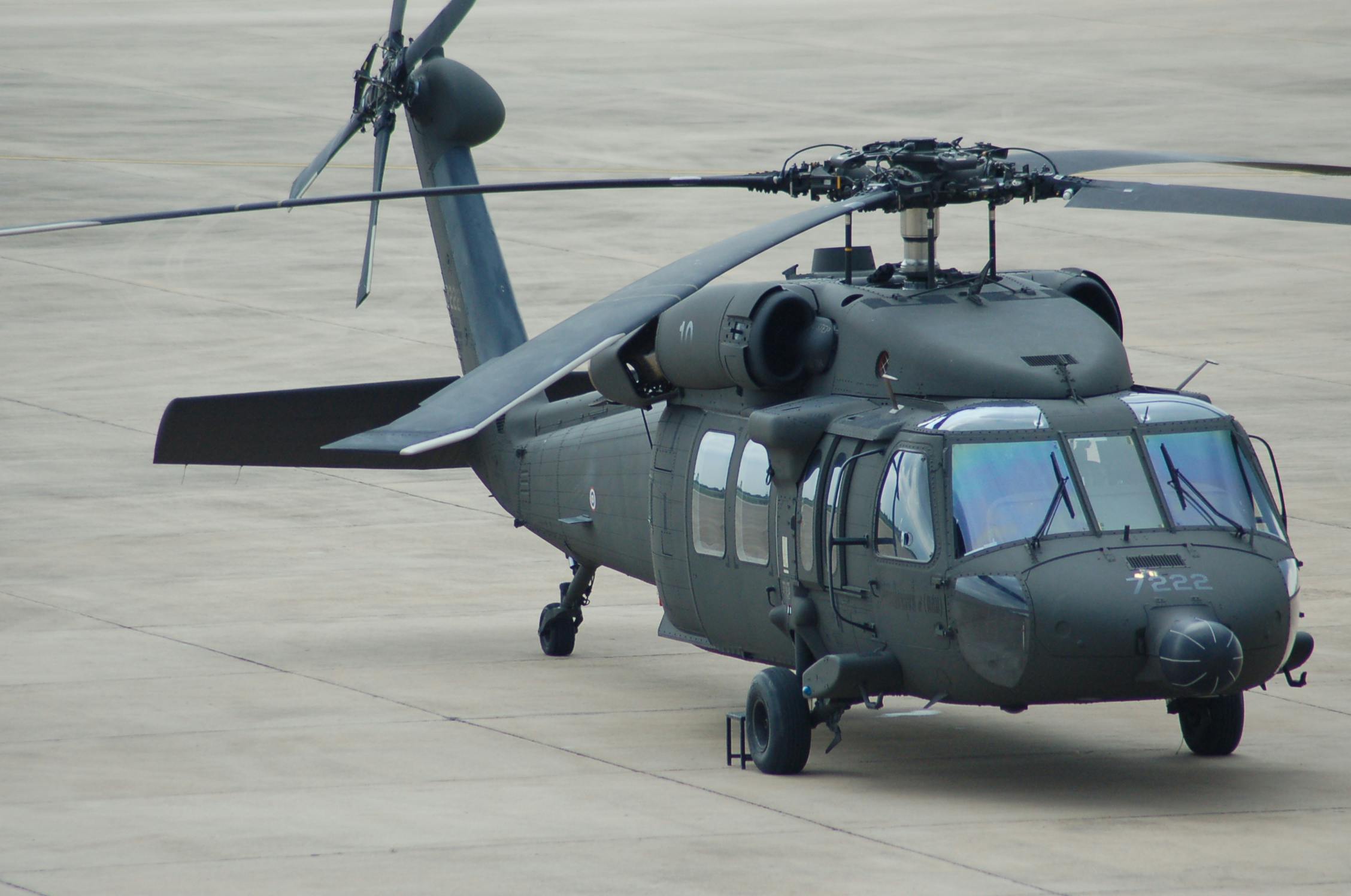Every Little Thing You Need to Know Concerning the UH 60 Helicopter
The UH-60 helicopter, a keystone of U.S. Army aeronautics considering that its launching in 1979, stands for an impressive blend of design and operational adaptability. As armed forces needs progress, so as well does the helicopter, with recurring improvements intended at boosting its capabilities and incorporating modern technologies.
Background of the UH-60
Created in the late 1970s, the UH-60 Black Hawk helicopter became an action to the united state Military's need for a functional energy helicopter that might do a range of goals under challenging problems. The impetus for its style was the drawbacks determined in the earlier helicopters utilized throughout the Vietnam Battle, especially in regards to ability to move, speed, and survivability.
The Black Hawk was designed by Sikorsky Airplane, including sophisticated innovations and products to improve its performance and longevity. It was formally presented into service in 1979, promptly ending up being a crucial possession for armed forces operations - uh 60. Its capacity to transport soldiers, medical evacuation, and logistical support in both combat and altruistic missions made the Black Hawk an indispensable part of the united state Military's air travel fleet
Throughout the years, the UH-60 has been continuously upgraded, adjusting to the changing nature of war and the advancing demands of modern armed forces operations. Its functional history includes involvement in significant disputes, peacekeeping objectives, and catastrophe alleviation efforts, solidifying its online reputation as a effective and trustworthy helicopter in numerous atmospheres worldwide.

Design and Specs
The layout of the UH-60 Black Hawk helicopter regularly reflects a dedication to operational performance and convenience. Developed by Sikorsky Airplane, this medium-lift energy helicopter features a sleek, wind resistant fuselage that enhances rate and ability to move. Its tandem rotor system, identified by two counter-rotating blades, reduces resonance and boosts lift ability, permitting much safer procedures in diverse environments.
The UH-60 is powered by 2 T700-GE-701C turboshaft engines, offering a maximum speed of roughly 180 knots and a variety of around 400 maritime miles. Its robust airframe is constructed from sophisticated composite materials, ensuring longevity while preserving a reasonably low weight. The helicopter has a maximum gross weight of regarding 22,000 pounds, supporting a flexible haul setup.

Objectives and duties
A functional system, the UH-60 Black Hawk helicopter offers a wide variety of duties and missions within military procedures. Made mostly for army transport, it is capable of bring up to 11 soldiers, making it an important a fantastic read possession for fast implementation and logistical assistance.
In addition to army transportation, the UH-60 masters medical evacuation (MEDEVAC) objectives, equipped with innovative medical devices to give essential care throughout transit. Its ability to run in varied environments improves its efficiency in combat search and rescue (CSAR) procedures, where quick removal of personnel is essential.
The helicopter additionally plays a significant duty in reconnaissance and monitoring objectives, making use of onboard anchor sensing units and tools to debrief. Furthermore, its flexibility encompasses logistical support, efficient in carrying supplies and devices to forward running bases - uh 60.
In combat operations, the UH-60 can be equipped with various weapon systems, enabling it to supply close air support. Its multi-role capability makes the Black Hawk an important tool for modern-day military pressures, adjusting perfectly to the advancing demands of field of battle scenarios and ensuring mission success across a variety of operational contexts.
Efficiency and Capabilities
Recognized for its durable efficiency, the UH-60 Black Hawk helicopter flaunts impressive abilities that enhance its operational effectiveness throughout various objectives. uh 60. This multi-role aircraft is geared up with powerful twin-engine Turbomeca Arriel 1D1 engines, providing phenomenal rate and ability to move, with an optimum cruise rate of approximately 150 knots and an operational variety of around 400 maritime miles
The Black Hawk's innovative avionics and fly-by-wire control systems dramatically improve flight security and handling, allowing it to run in varied settings, consisting of unfavorable climate condition. Its flexibility is further exhibited by its capability to carry up to 11 completely furnished troops or a payload of around 8,000 extra pounds, making it suitable for troop transportation, clinical emptying, and logistical support missions.
In Addition, the UH-60 is designed i thought about this for survivability, featuring strengthened airframes, ballistic security for staff and passengers, and progressed countermeasure systems to escape threats. The helicopter's dexterity and rate, incorporated with its capability for rapid implementation, make it an indispensable asset in modern-day military operations, guaranteeing that it stays a key element of tactical air support and battleground flexibility.
Future Dope

One considerable emphasis is the integration of advanced avionics systems, which will certainly boost situational recognition via improved navigating and communication capabilities. This consists of the possible use expert system to help pilots in decision-making and mission preparation.
In addition, future variations may include advanced materials and style attributes to bolster the helicopter's sturdiness and minimize its radar trademark, boosting survivability in disputed environments.
The intro of hybrid-electric propulsion systems is also on the horizon, aiming to boost gas effectiveness and decrease logistical burdens. Such improvements might expand operational variety and lower the helicopter's ecological footprint.

Verdict
The UH-60 helicopter stands for a substantial innovation in military aeronautics given that its introduction in 1979. The UH-60's enduring presence highlights its vital duty in contemporary army operations and highlights the recurring evolution of army aeronautics modern technology.
The UH-60 helicopter, a keystone of United state Army aeronautics because its debut in 1979, stands for an impressive blend of engineering and functional versatility. As military requirements advance, so also does the helicopter, with recurring innovations intended at boosting its capabilities and incorporating modern-day technologies.The design of the UH-60 Black Hawk helicopter regularly mirrors a dedication to functional effectiveness and versatility. Created by Sikorsky Aircraft, this medium-lift energy helicopter includes a sleek, aerodynamic fuselage that improves rate and ability to move.The UH-60 helicopter stands for a significant development in armed forces air travel because its intro in 1979.